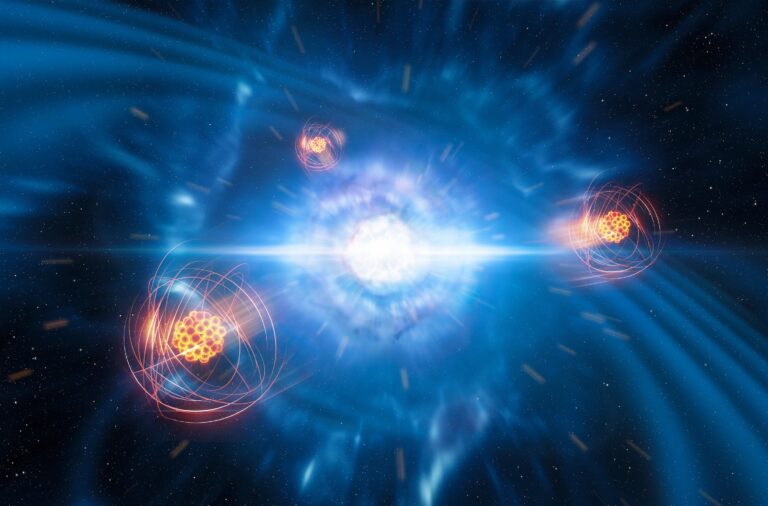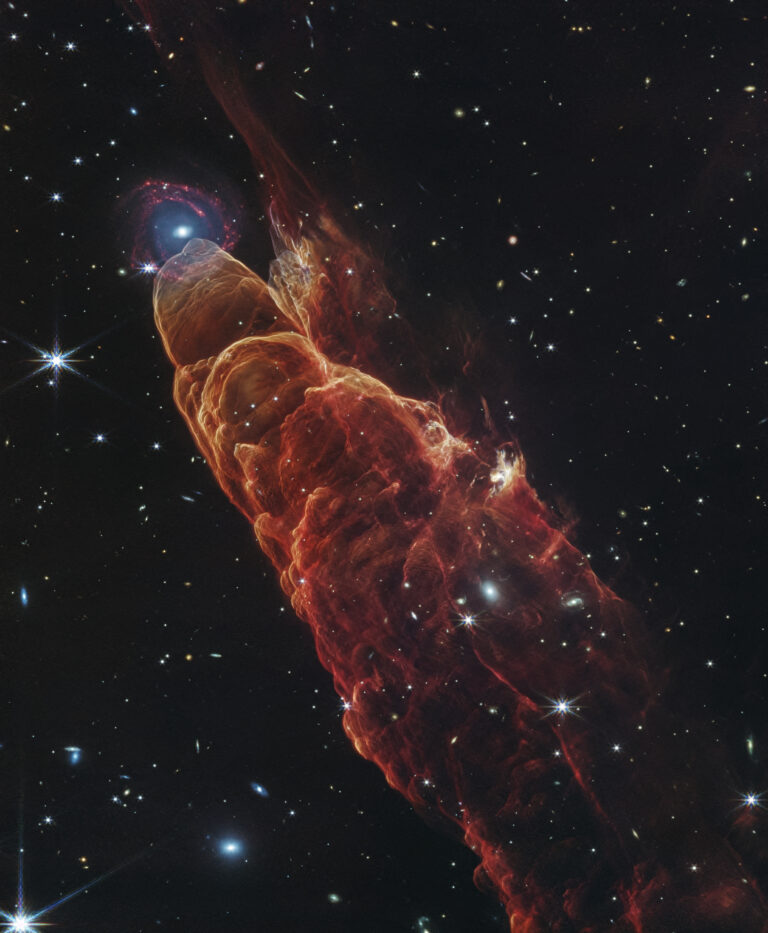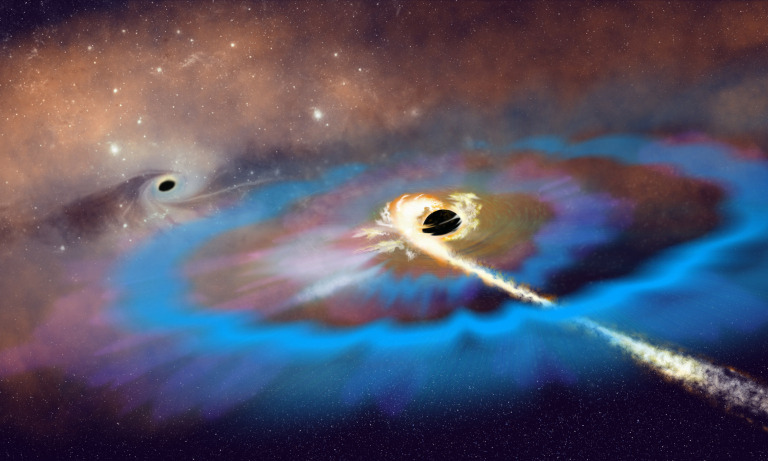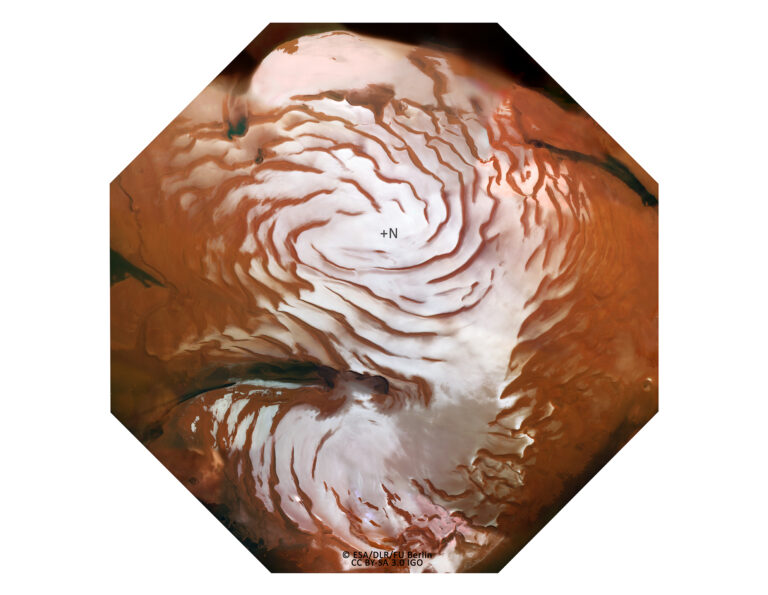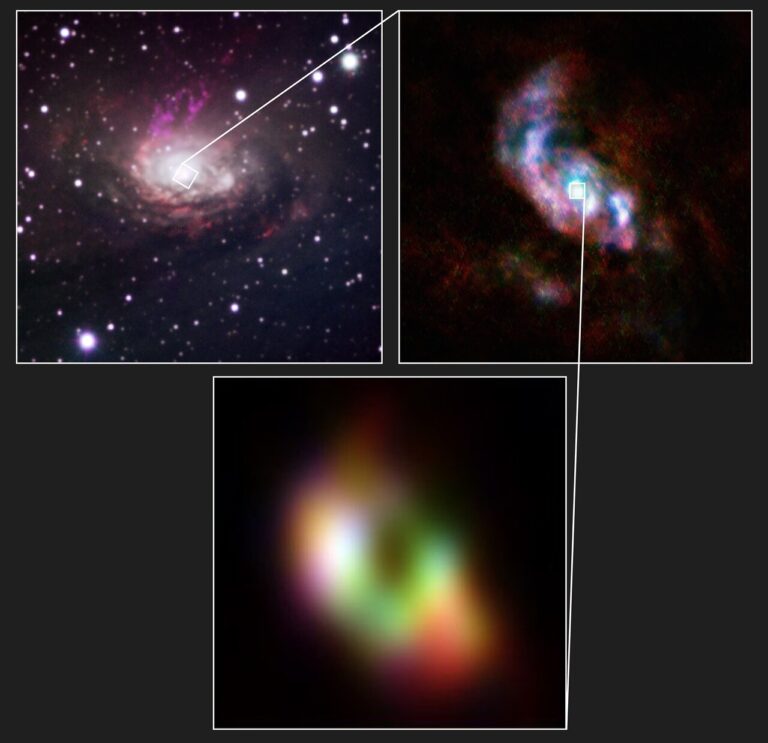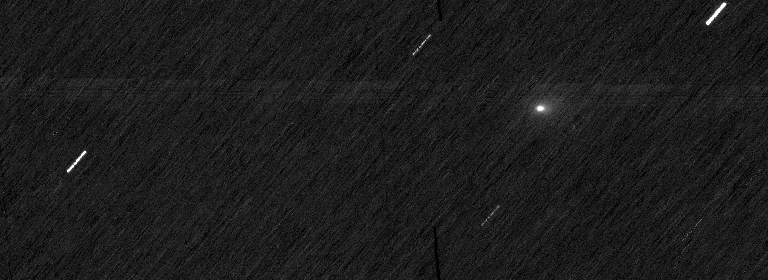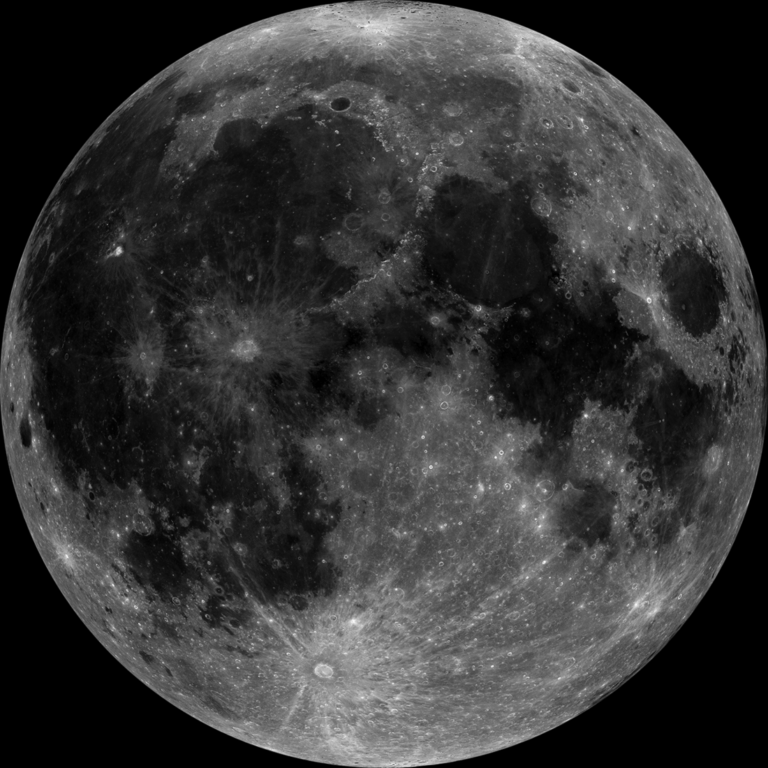
Key Takeaways:
- SDSO-1, a filamentary emission nebula, was discovered near the Andromeda Galaxy (M31) nucleus through extensive amateur astrophotography employing an OIII filter.
- The nebula exhibits a teal arc of ionized oxygen gas, measuring approximately 1.5° by 0.45°.
- Visual observations of SDSO-1 have been reported using telescopes ranging from 2.4 inches to 30 inches in aperture.
- The origin of SDSO-1 remains undetermined, with potential explanations including foreground Milky Way structures, M31 halo features, or remnants of galactic tidal interactions.
Strottner-Drechsler-Sainty Object 1 (SDSO-1) is a newly discovered filamentary emission nebula 1.2° southeast of the Andromeda Galaxy’s (M31) nucleus. In 2022, French astroimager Yann Sainty used a 4-inch Takahashi refractor, a CMOS astronomical camera, and a range of filters to capture a total of 111 hours of exposure of the galaxy. The faint glow revealed itself in data taken with an Oxygen-III (OIII) filter after Marcel Drechsler and Xavier Strottner processed and analyzed the data.
While an untold number of imagers across the globe soon started to capture the plasma arc using an OIII filter and all manner of telescopes, it seemed only a matter of time before SDSO-1 became a target of visual interest. Indeed, given the visual prowess and tenacity of today’s amateur astronomer, it’s not surprising that several observers have already claimed to have seen it using telescopes as small as 2.4 inches and as large as 30 inches. But these are early days. The question is, what, if anything, can you see?
The origin of this 1.5° by 0.45° teal arc of ionized oxygen gas is still under investigation. Possibilities include an old planetary nebula, supernova remnant, or some other gas structure in our Milky Way, placing it in the foreground when we look at M31. It could also be a feature in the halo of M31 itself — perhaps a shock caused by tidal interactions with our Milky Way. Or, it could be a tail in a giant stellar stream formed when a satellite globular cluster or dwarf galaxy was torn apart and stretched out by Andromeda’s gravity. Currently, there is no explanation that completely explains the object’s origin. Who knows what other weird and mystifying objects amateur astronomers will discover in the years to come?

